There are tiles made from clay and are baked and hardened permanently by heat and have decorative glazes on top. These come in all kinds of shapes. Hexagonal, octagonal, round, square or diamond shaped. They can be shiny or glossy or glazed as well as unglazed in treatment and outer skin. They could also be hand painted and thus more affordable than some other tiles like mosaics. These have tremendous visual appeal and great on personality. They are also easy to clean and help create great, bold designs and a large spreadsheet of colors in delicate patterns.
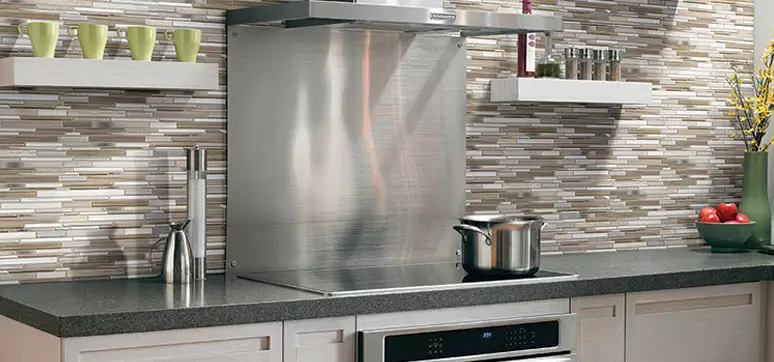
Their cons are that being porous if unglazed, collect grime and dust. Grout lines in ceramic tiles can accumulate and trap lots of grime and dirt
Post your Requirement
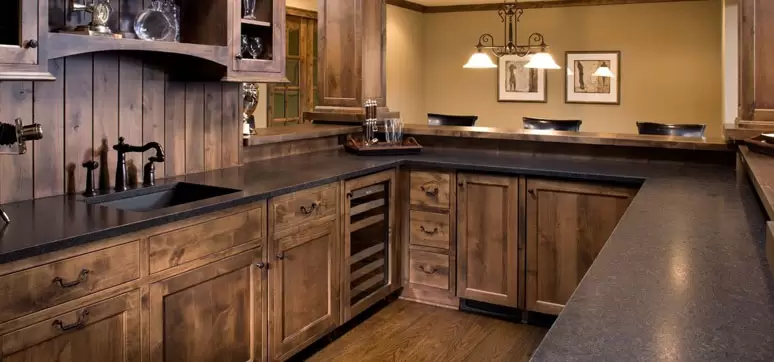
Granite: This is a hard material which resists extreme heat, acids and abrasions. It has a natural shine and it does not get stained easily when its properly sealed. It has a smooth sort of surface so dirt and marks get cleaned off easily. It can easily be scoured with a damp cloth.
The main drawback is that it is somewhat porous and therefore requires maintenance with sealers to prevent it from getting stained.
Glass: Tiles made with textured glass, frosted glass, back painted sort of glass or then there is colored glass. This resists moulds, mildew and staining. It needs just a swiggy damp cloth for cleaning. Temporal glass tiles can take a fair amount of heat and are scratch-resistant.

In smaller kitchens glass reflects light so it gives a feeling of largeness of space. But be careful. Poor quality glass tiles can get scratched and might break under force.
Here is a tip for you. Some glass tiles tend to expand and contract with change in temperature. Ask your seller what sort of width, grout lines should be maintained for that particular lot of tiles as they would know the expansion ratio.
Natural Stone: It is available in several varieties. There is soap stone, sandstone, slate and travertine. Hard to wear out, durable, tough and it does not break under even extreme pressure.. It can last for years.
This is famed for its unique variations. No 2 pieces will look alike. Varying veins, swirls of a lovely varied formality and varied myriad shades will give your slabs a very unique look. While cleaning, be careful. Some chemicals can discolor stone. Use specialised stone cleaners or warm water. That would be better.
Peel and stick: On whatever backsplash, you can buy these peel and stick tile surfaces which you can stick onto your tiles already there if your budget does not allow a rehash, but you want some fresh approaches. You can stick on porcelain or glass or a metallic base.

Other Types or Materials:
- Stainless steel: This can be plastered on as a single sheet especially if you have a very formal or stately décor all around. But this can get scratched or dented easily.
- Engineered stone is made by mixing crushed quartz with resin. The best blend is mixing less quartz and more resin in the mix. The best thing about this material is the high resistance to heat, scratch or damage.
- Polished plaster is another possibility. It can be coloured variously and texturised and then can be painted on. It requires minimum maintenance, it is easy to clean, but if it gets chipped, it is difficult to repair.
- Then there are composites. This is a blend of one-third resin and two-thirds of any natural mineral. It is durable, easy to clean and available in large panels. This may or may not be scratch resistant.
- Then there are laminates and then marble. Laminates are highly affordable and use the modern printing technology allowing them to closely resemble higher priced modules of kitchen backsplash options like granite or wood. This is not very heat resistant so you should have a 4” space between the stove and the backsplash. The area around must be dry because water wears it down.
- Marble is very tough but needs very high maintenance. Marble is also porous. It needs constant resealing. It can get scratched easily. It is also fire resistant.

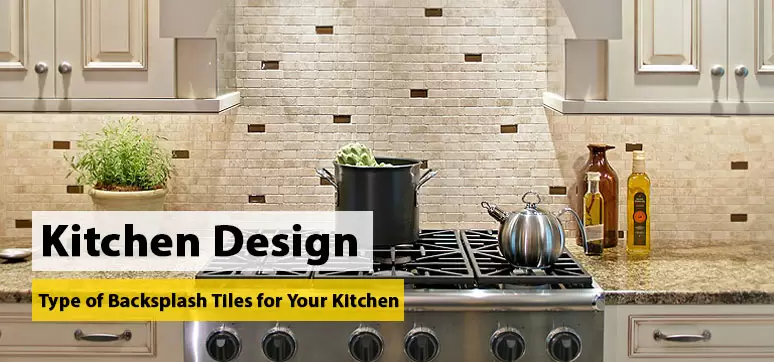
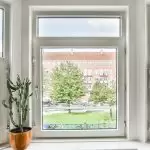
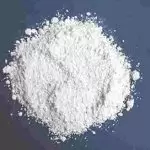
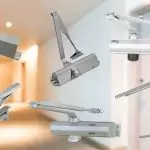


















Post A Comment